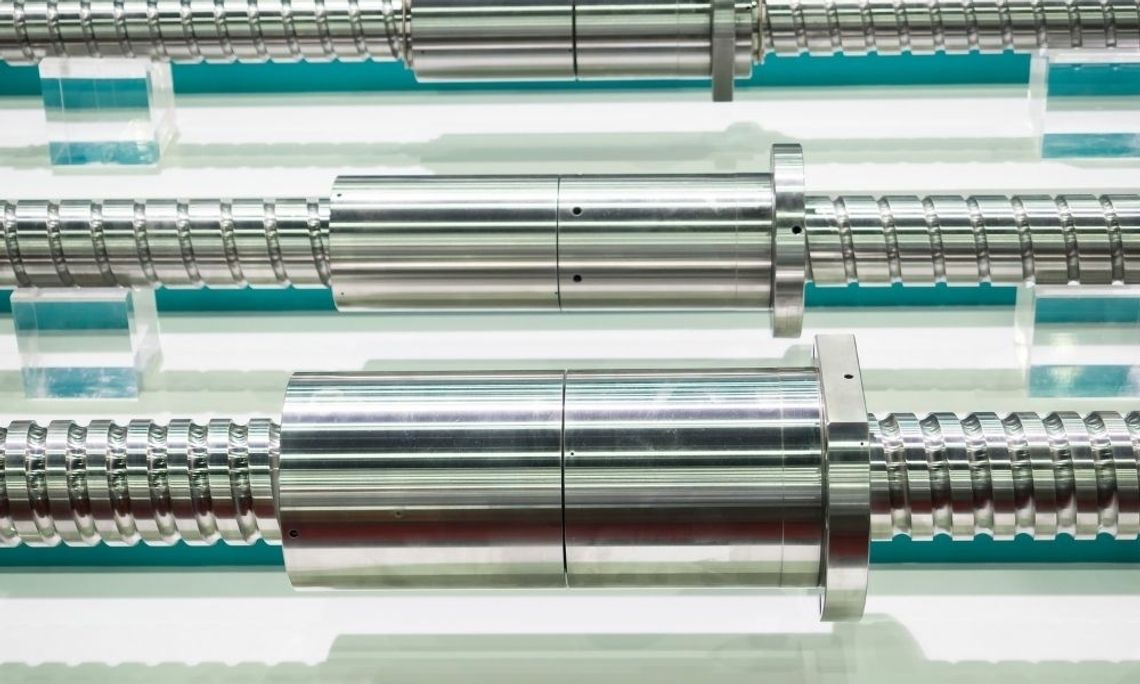The difference between failure and success in motion control is the right means of power and drive. Engineers must complete thorough examinations to optimize service life, overall performance, and mechanical reliability. There are several factors to consider that will influence the performance of a machine's linear motion.
Here are a few essential steps in selecting the right ball screw that contributes significantly to these evaluations.
Characteristics
One of the most important things to ask yourself is how large the screw needs to be. Each application will carry its own set of requirements, but a few things that contribute are the length, diameter, and capacity of the screw. Understanding the space and load limits will help you avoid oversizing the entire motion control system.
Precision and Back Driving
Another early step in the process is to assess the application's back driving, timing, and precision. One of the top ways a ball screw improves efficiency is its ability to be highly accurate. Ensure you select a screw that produces adequate amounts of friction to maintain its linear movement without going under.
Power Controls Options
Always factor in the kind of power source your system requires. There are several to choose from, but the type you use will be dependent on your application. Examples of power control include:
- AC – alternating current
- DC – direct current
Cost Analysis
Another essential step in selecting the right ball screw is to perform a thorough cost analysis. Due to budget demands and other maintenance factors, you need to ensure your cost-to-benefit ratio makes sense. The evaluation processes can pinpoint areas of concern promptly so you can spend your budget wisely.
Maintenance Needs
Evaluating your system's maintenance needs is a vital final step in motion control selection that contributes to the cost analysis. By troubleshooting the system, projecting IT involvement, and determining overall preservation requirements, you can more easily control how you use your budget and maintain your system. Ensure your motion control vendor provides suitable solutions.
Maintaining highly mechanical equipment is challenging. Understanding how to choose the right parts is essential in a wide range of industries.


Comment
Comments